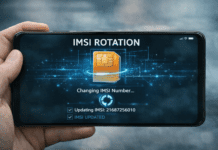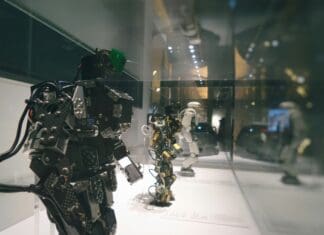
This post is also available in:
 עברית (Hebrew)
עברית (Hebrew)
The US Navy and Boeing are in the process of completing ground tests of the MQ-25 Stingray drone. The aircraft is primarily designed for aerial refueling but also to provide intelligence, surveillance, and reconnaissance capabilities to the navy’s air wing, extending the range, operational capacity, and lethality.
The “deck handling” test on the Stingray involved switching on the engine, “power running and taxiing by controllers on the deck.”
“The ground testing is another step toward the teaming of manned and unmanned aircraft platforms. Integrating platforms like the MQ-25 into the air wing will increase their lethality and reach,” according to thedefensepost.com.
The eventual deployment of the Stingray will not only extend the carrier-based aircraft’s range but also relieve F/A-18s of their refueling role so they can return to their primary mission sets.
Boeing and the US navy conducted the aircraft prototype’s first flight in September 2019, followed by another flight last year where the aircraft flew with a refueling system. The drone carried the Cobham refueling pod system during its 2.5-hour flight.
In June this year, development took another significant step when the aircraft refueled a Super Hornet mid-air, demonstrating its primary role.
Two months later, the drone demonstrated air refueling with another plane, as its stability was monitored before making contact. The Stingray later refueled an F-35C Lightning II in its third refueling test.

























